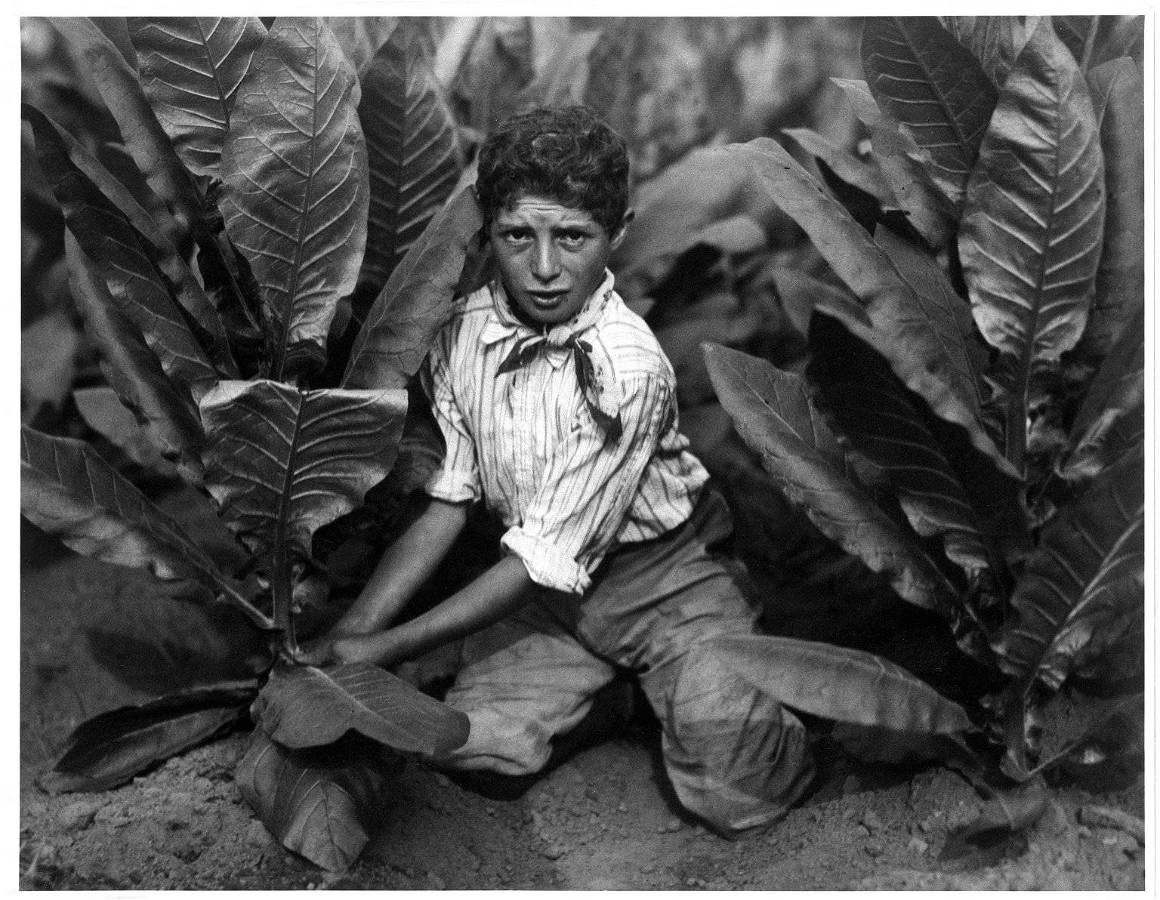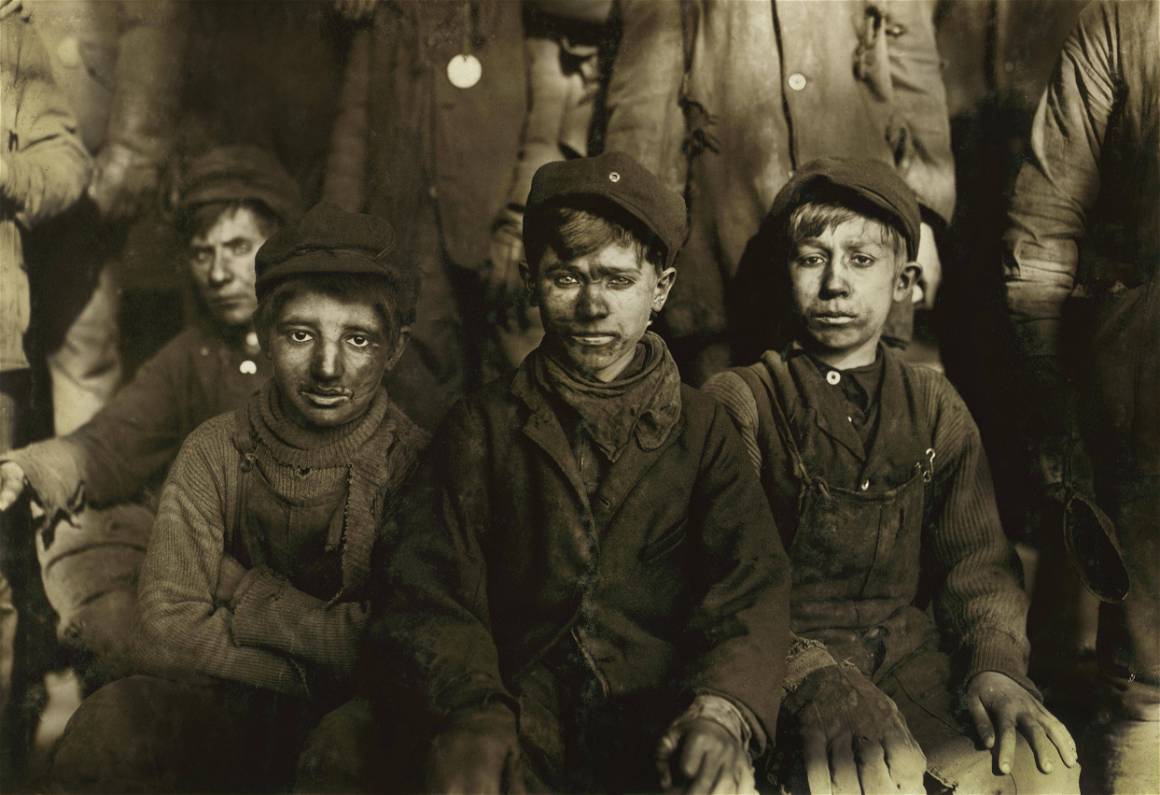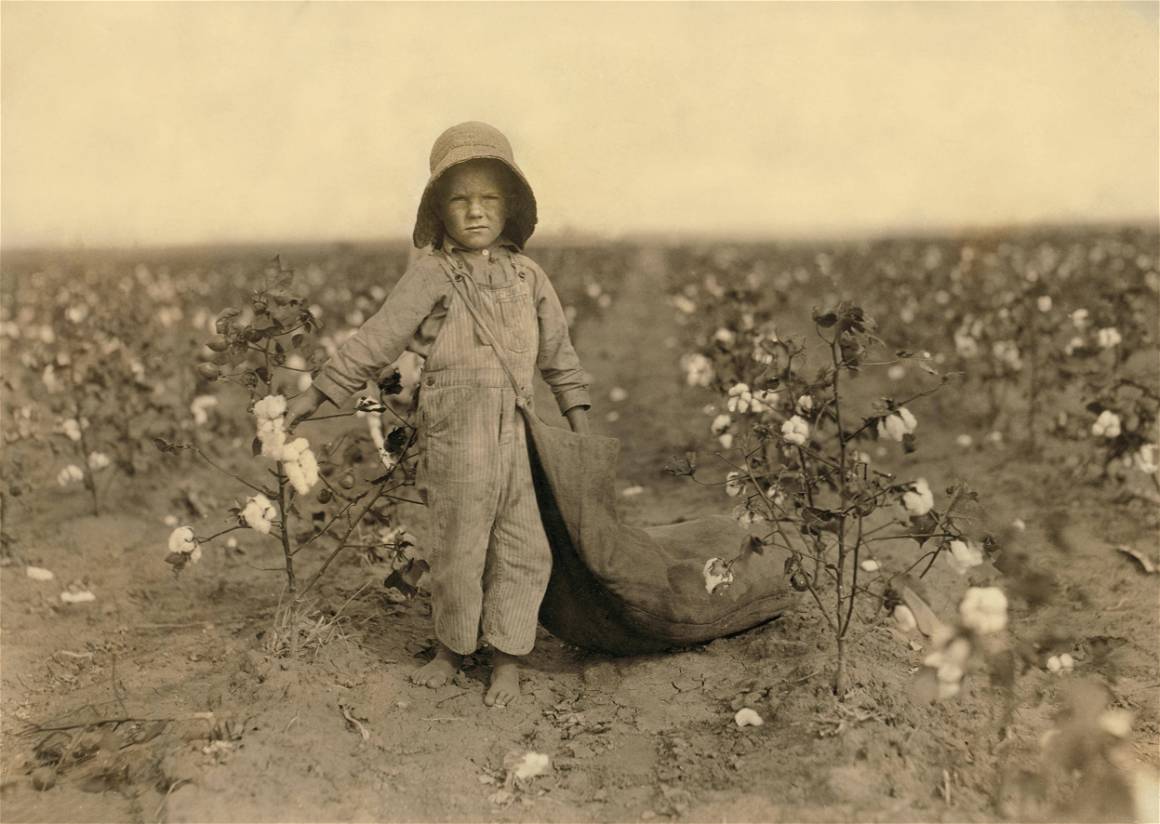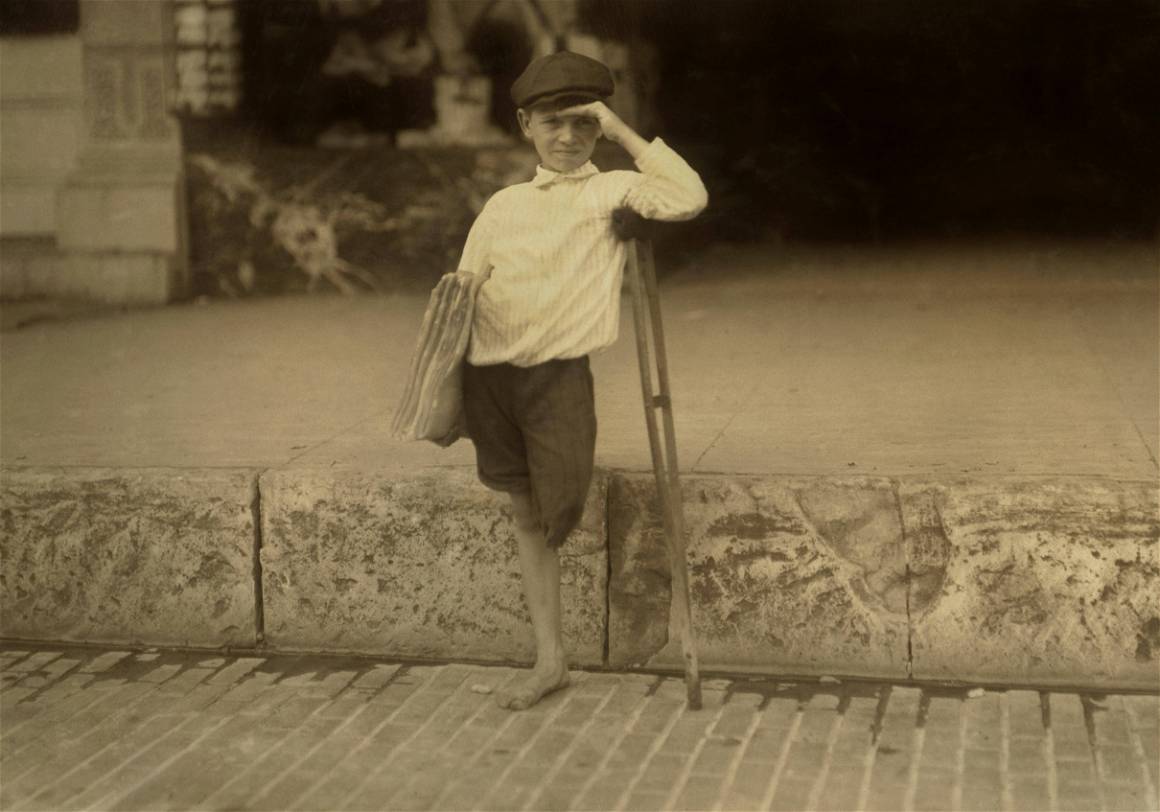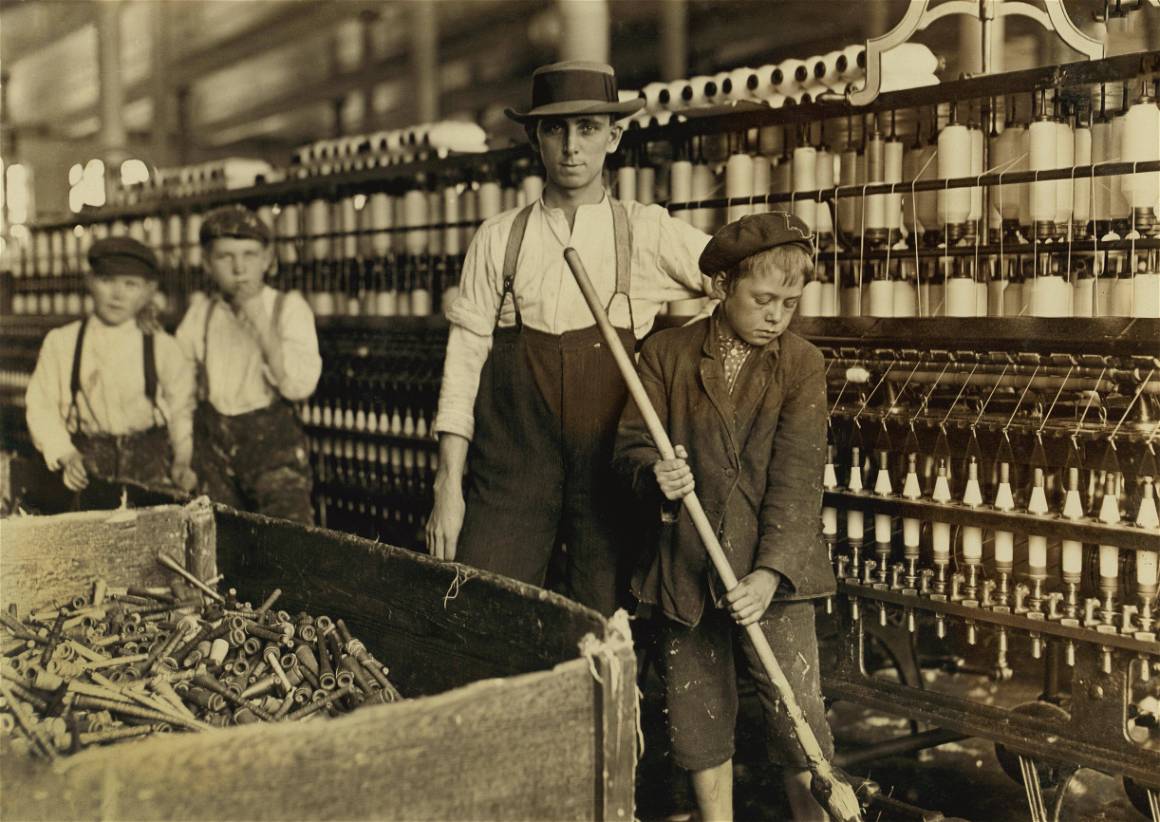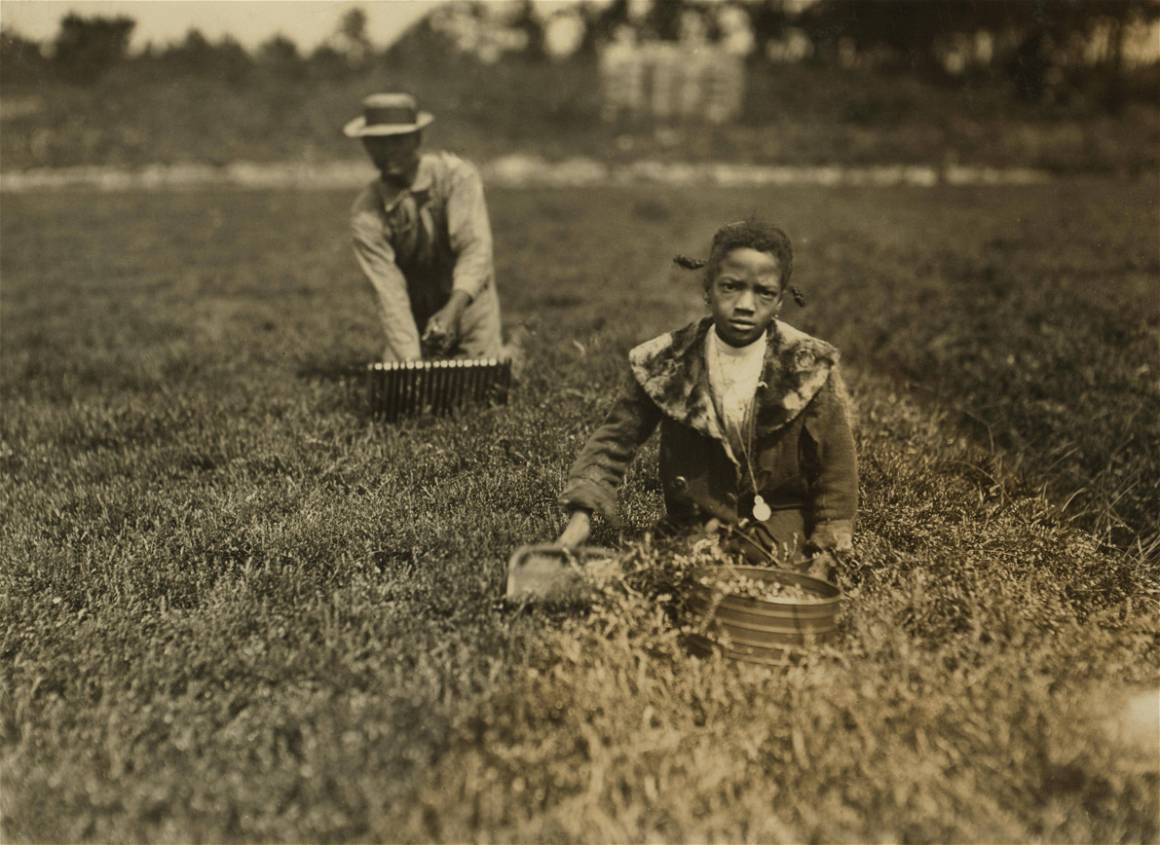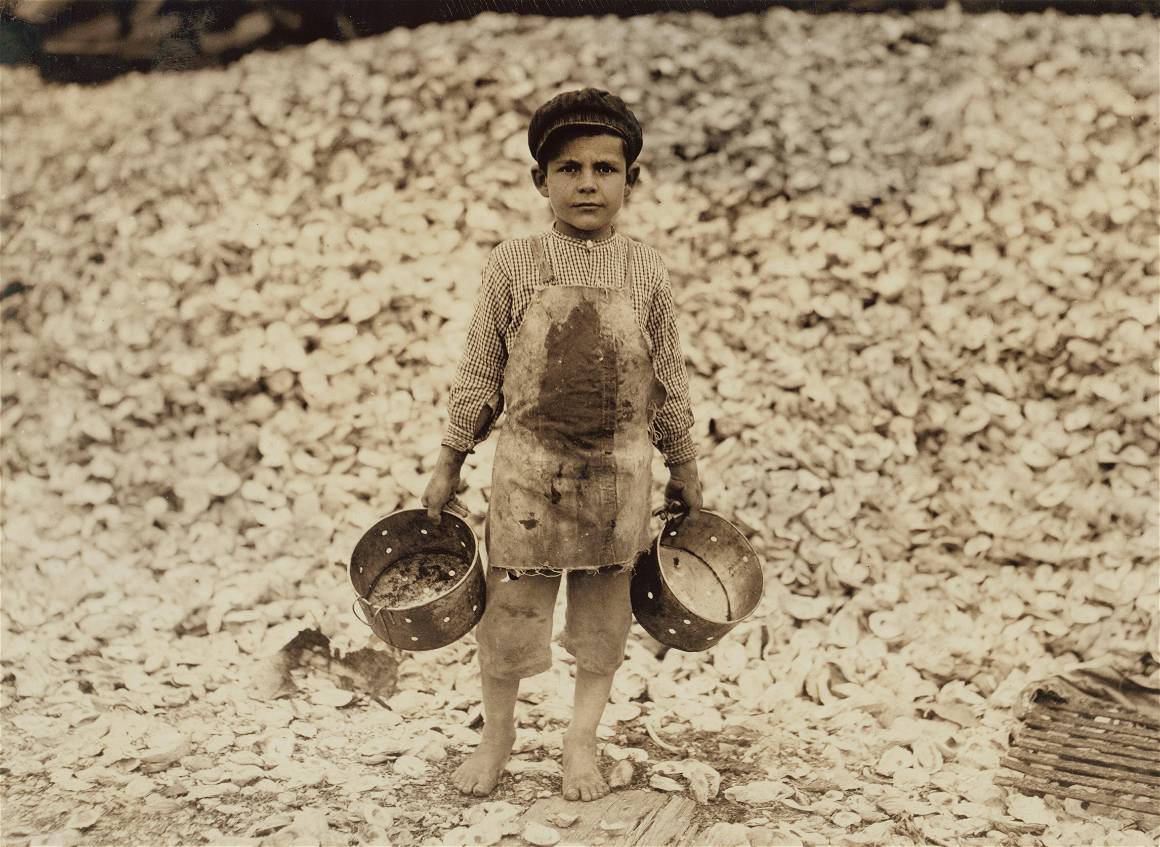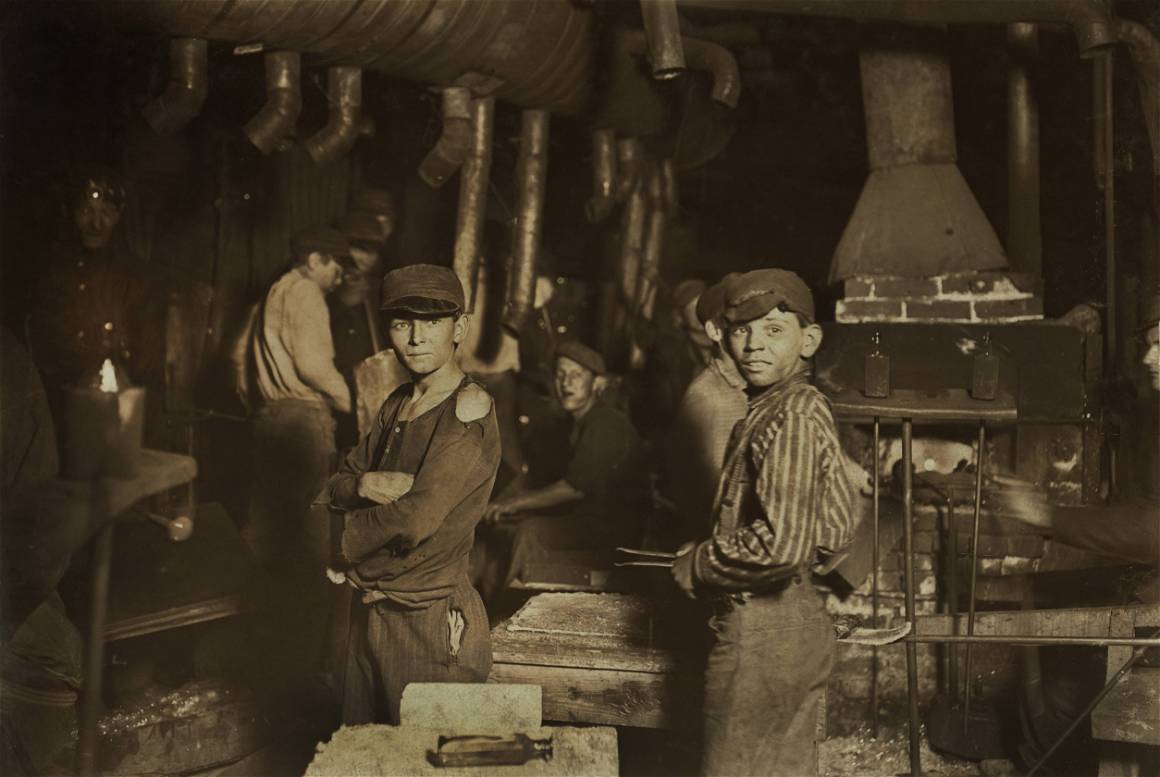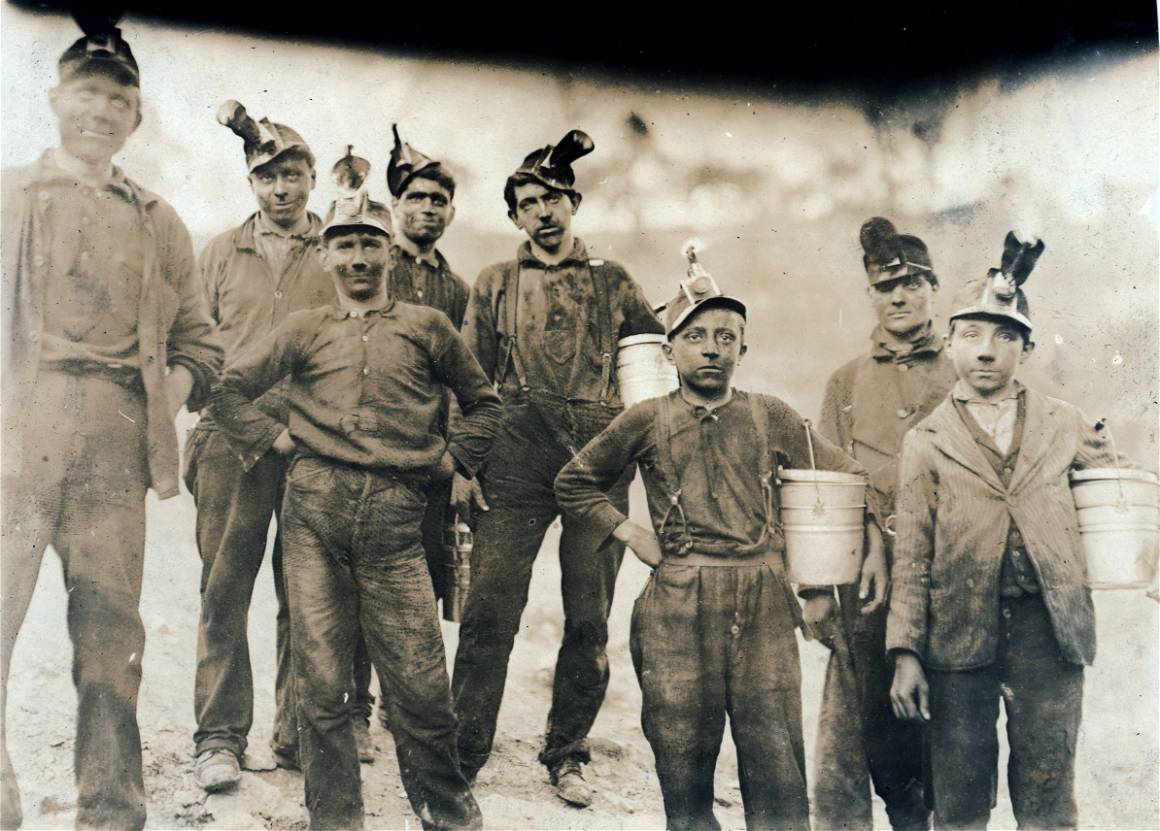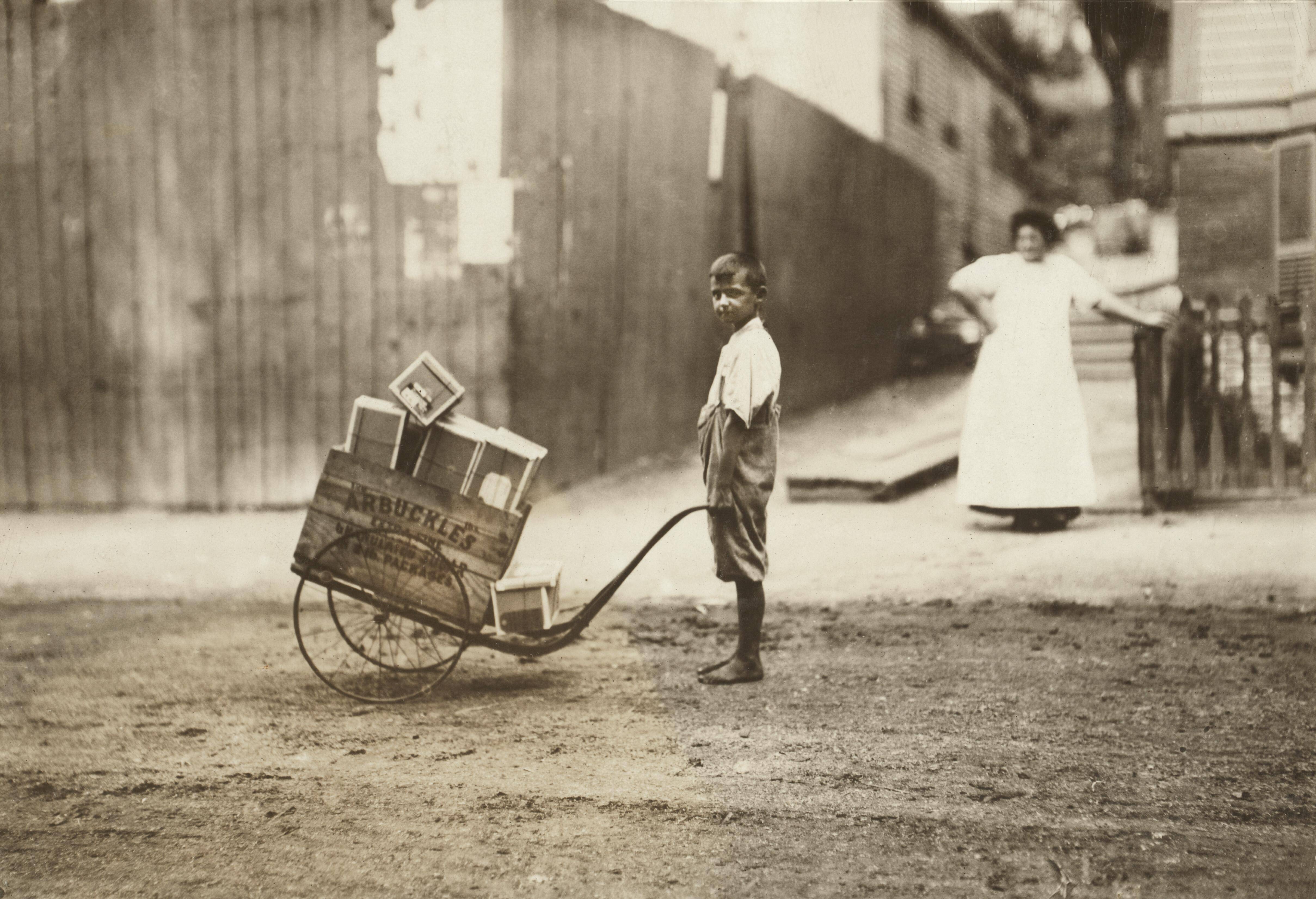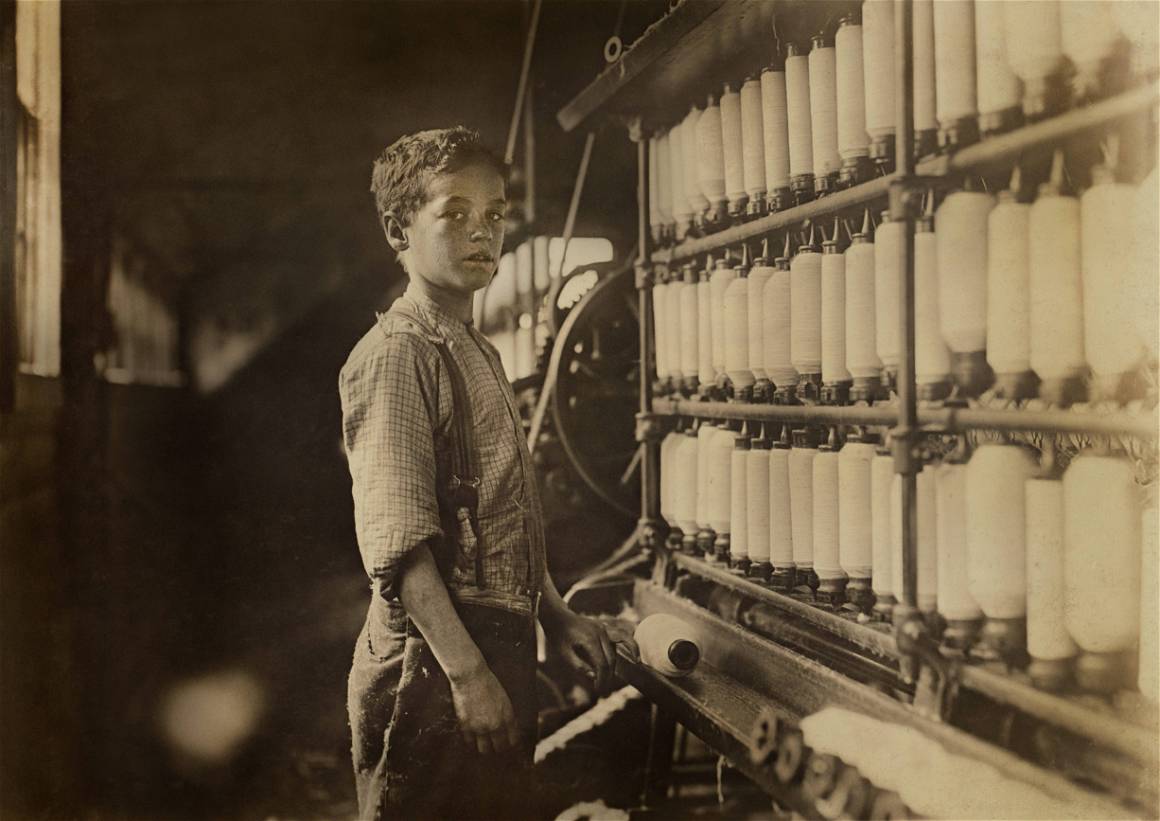On the World Day Against Child Labour, read how the investigative work of Lewis Hine strongly impacted the child labor law in the United States and played a crucial role in initiating reform and shaping public opinion.

Lewis Hine’s Photography: Shining a Light on Child Labour
In the early 1900s, Lewis Hine was one of the most influential photographers whose investigative work led to the enactment of the first child labour legislation in the United States. Hine exposed the brutal realities of child labour in the early 20th century with his powerful and thought-provoking photographs.
Between 1908 and 1924, Hine photographed the working and living situations of children in the United States as an investigator for the National Child Labor Committee (NCLC). This article explores the incredible impact of Lewis Hine’s work on the world and the legacy he has left behind.
Lewis Hine: “There is work that profits children, and there is work that brings profit only to employers. The object of employing children is not to train them, but to get high profits from their work.”
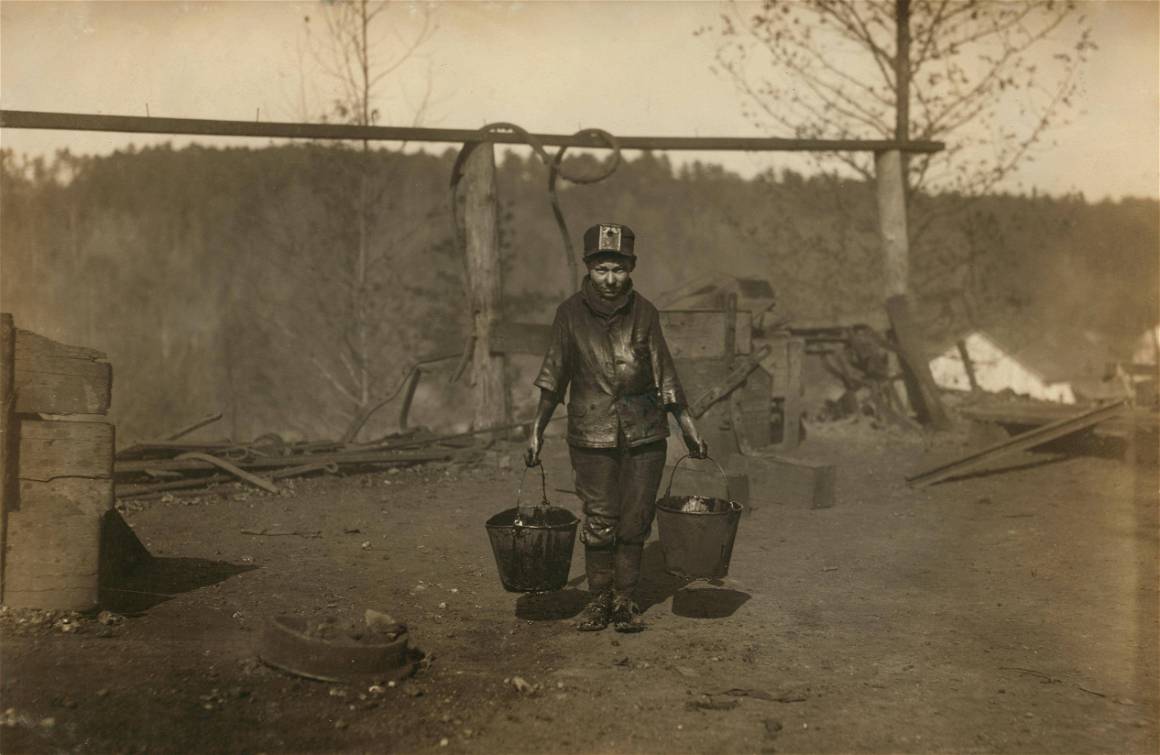
A Window Into a Dark World of Child Labour
Child labour was a substantial problem in the United States in the late 19th century and early 20th century. The law was either not implemented or was not taken seriously. At the same time, it was generally accepted that putting a child to work to improve a family’s financial status wasn’t wrong while the family was impoverished.
As a result, low-income families often made their homes in the workplace, and children often spent their days working or playing in a hazardous environment. Including the children, it was estimated that these families were putting in over 70 hours of labour every week.
This is the context in which Lewis W. Hine began his career as an investigative photographer for the National Child Labor Committee. The idea behind this was that society and politicians wouldn’t respond to the issue or take any action until the pain of these children was seen in actuality.
Hine went to work in factories, mines, and sweatshops to document the lives of children forced to work in hazardous environments. His photographs were more than just snapshots; they were windows into the hidden pain of young labourers.
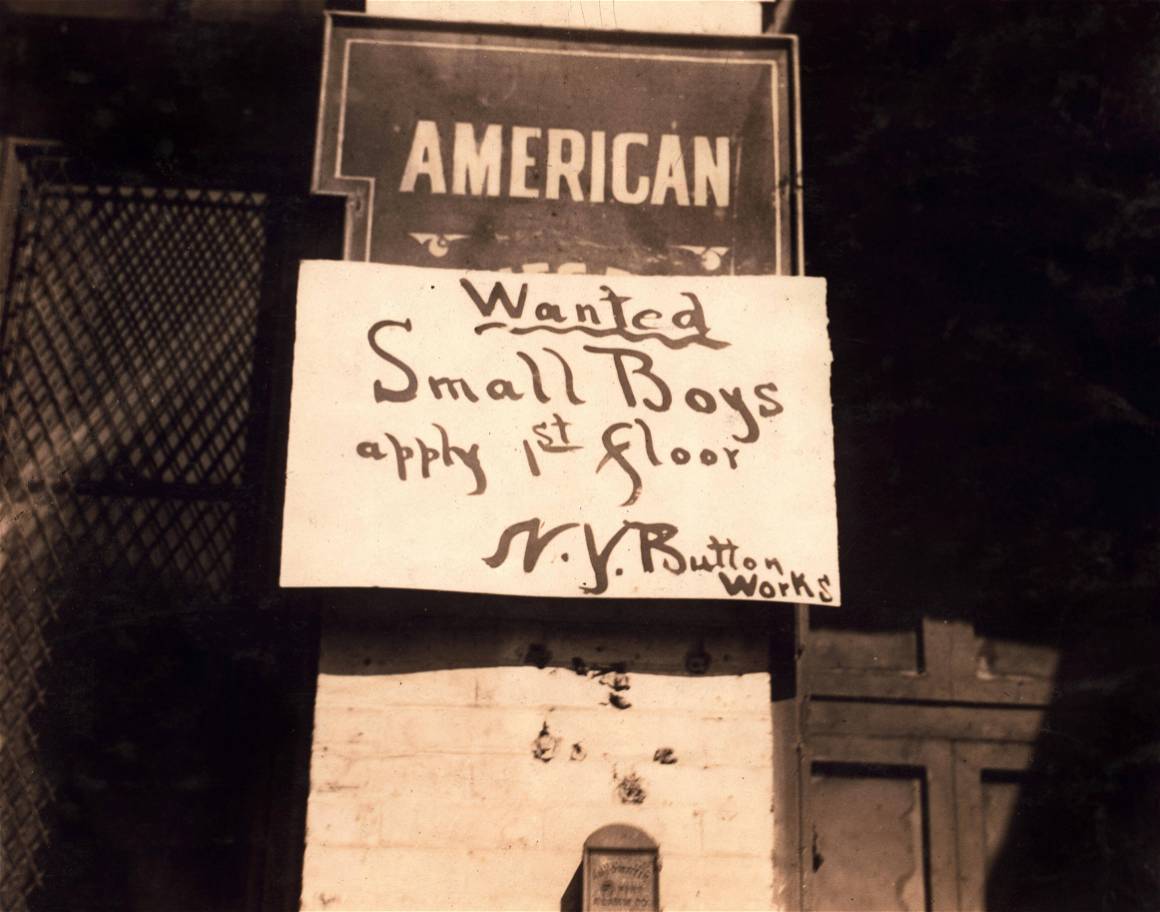
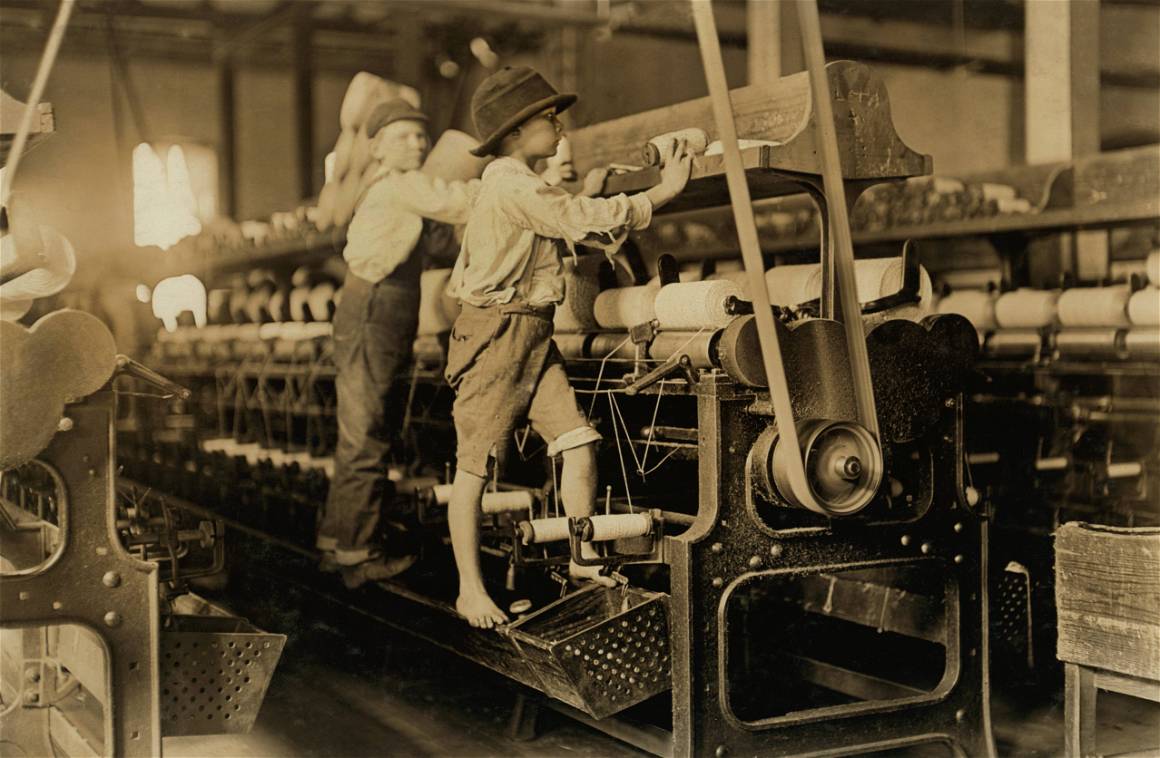
Revealing the Pain of Child Labor with the Impactful Work of Lewis Hine
We see the tragic scenes of youngsters as young as five or six years old working for long hours through Hine’s perspective. Their expressions of exhaustion and hardship contrasted sharply with the innocent youth they were denied.
More than 5,100 photographic prints and 355 glass negatives were donated to the Library of Congress from the collection he worked on.
His groundbreaking research not only uncovered pervasive child exploitation but also initiated reform and shaped public opinion. The widespread distribution of Hine’s photographs aided the movement to end child labour. As a result, many jurisdictions adopted stricter bans on employing children. The Federal Wage and Hour Law was created by Congress in 1938. The United States Supreme Court ruled that the Act was constitutional in 1941.
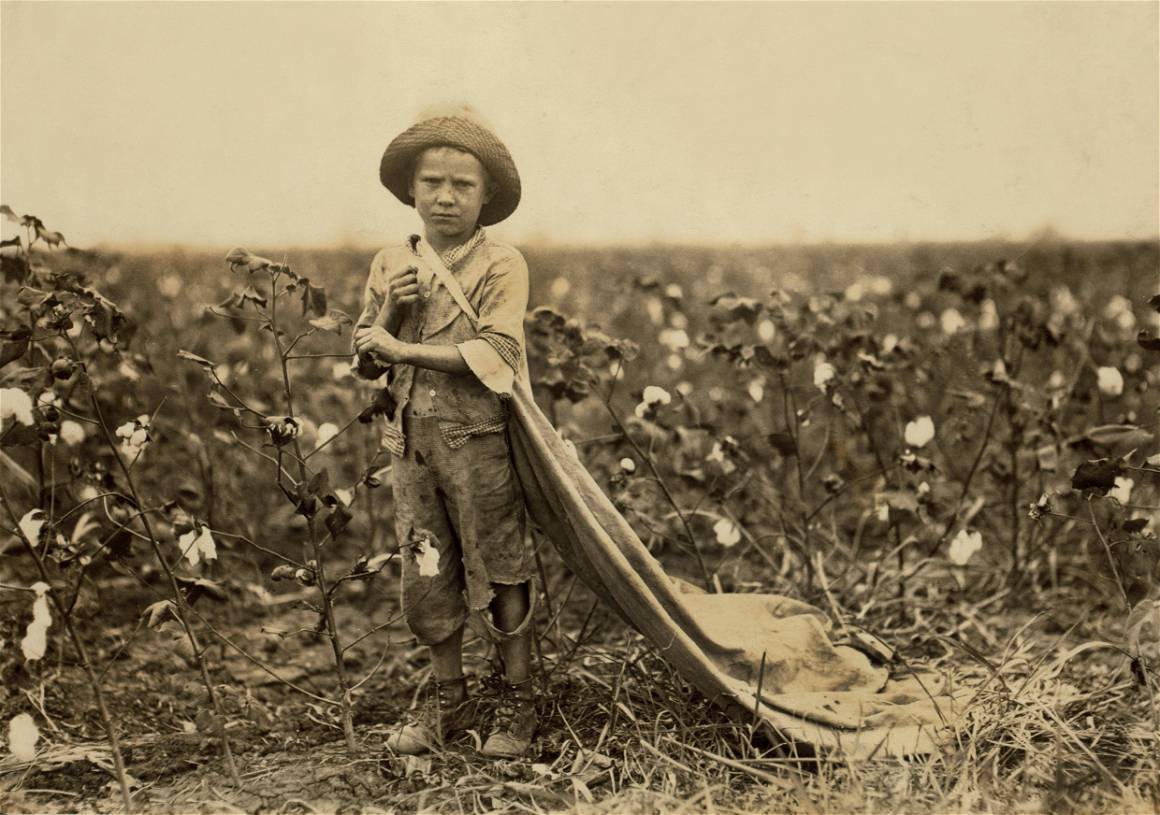

The Power of Visual Advocacy by Lewis Hine
What Hine achieved was groundbreaking in that it was one of the first cases of investigative and photographic documentation. The photographs taken by Hine were more than just works of art; they were also powerful agents of social transformation. His ability to depict the humanity of the children workers and the systemic problems of child labour compelled audiences to take action. He started making a difference by documenting child labour with photographs.
See IMAGO’s photos from Hine Lewis here.

